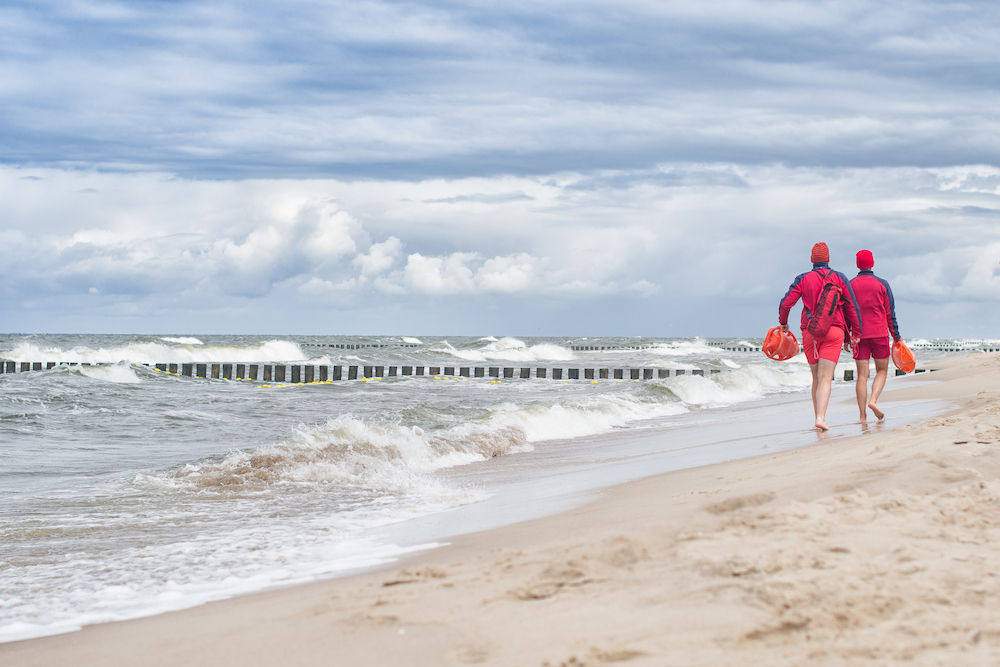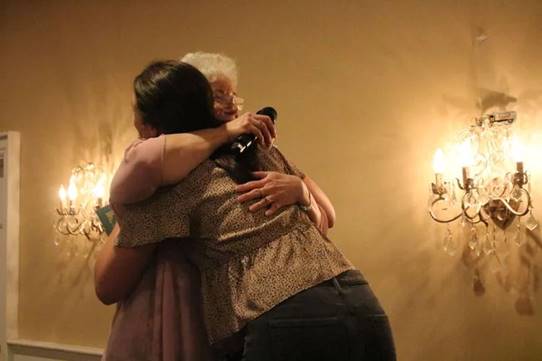Drowning and Climate Change

The planet is warming. “In 2018, we burned a quarter of a million kilograms of coal, 116 million liters of gas, and 7 million liters of oil…every SECOND. In the span of just 50 years, atmospheric CO2 emissions have reached the highest concentrations in over 3 million years. The consequent trapping of longwave radiation has […]
Survivors, Rescuers Reunited in New Hampshire

What better way to celebrate the power of the chain of survival, including bystander action, than by reuniting SCA survivors with the people who helped rescue them? Dartmouth Health member Cheshire Medical Center recently hosted the first Rescuers Reuniting With the Rescued: A Celebration of Survival, bringing together 10 people who experienced SCA in 2021 […]
